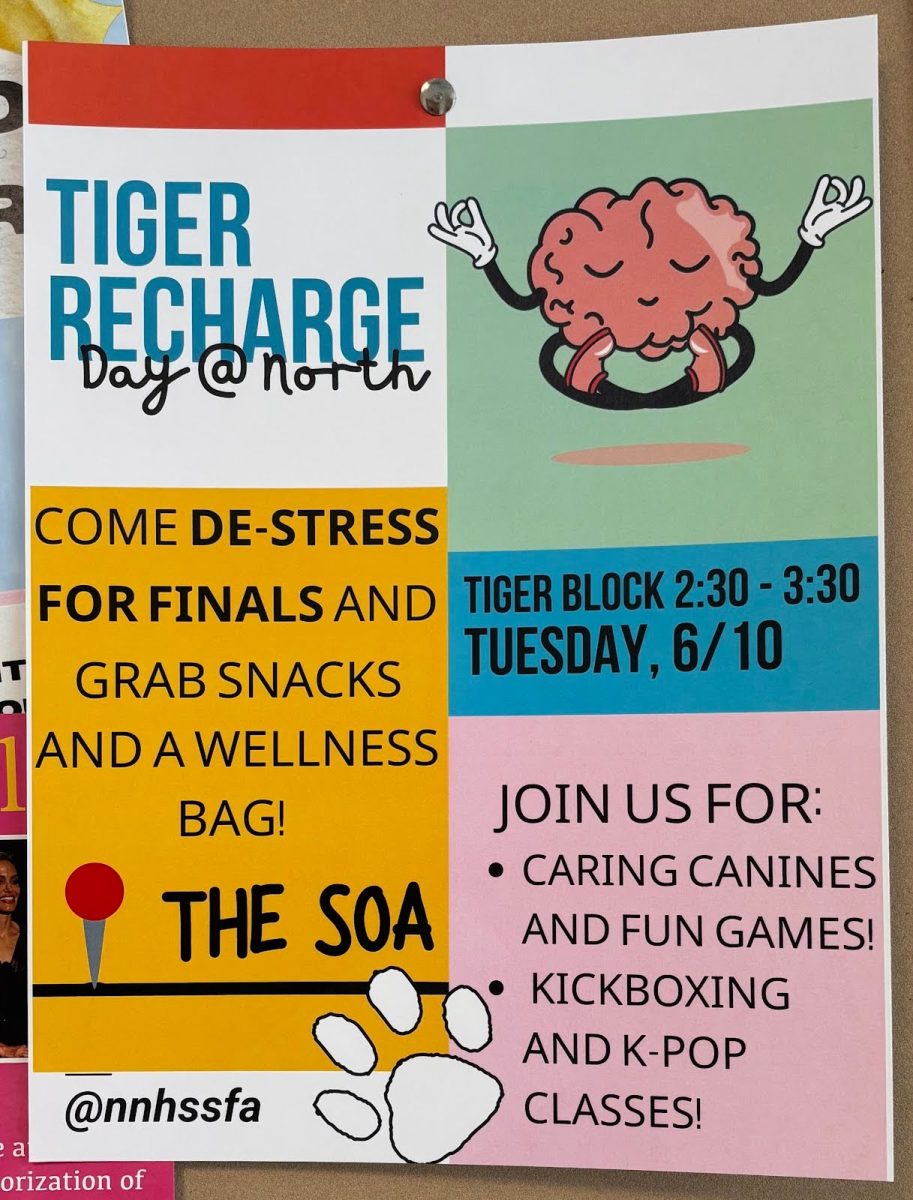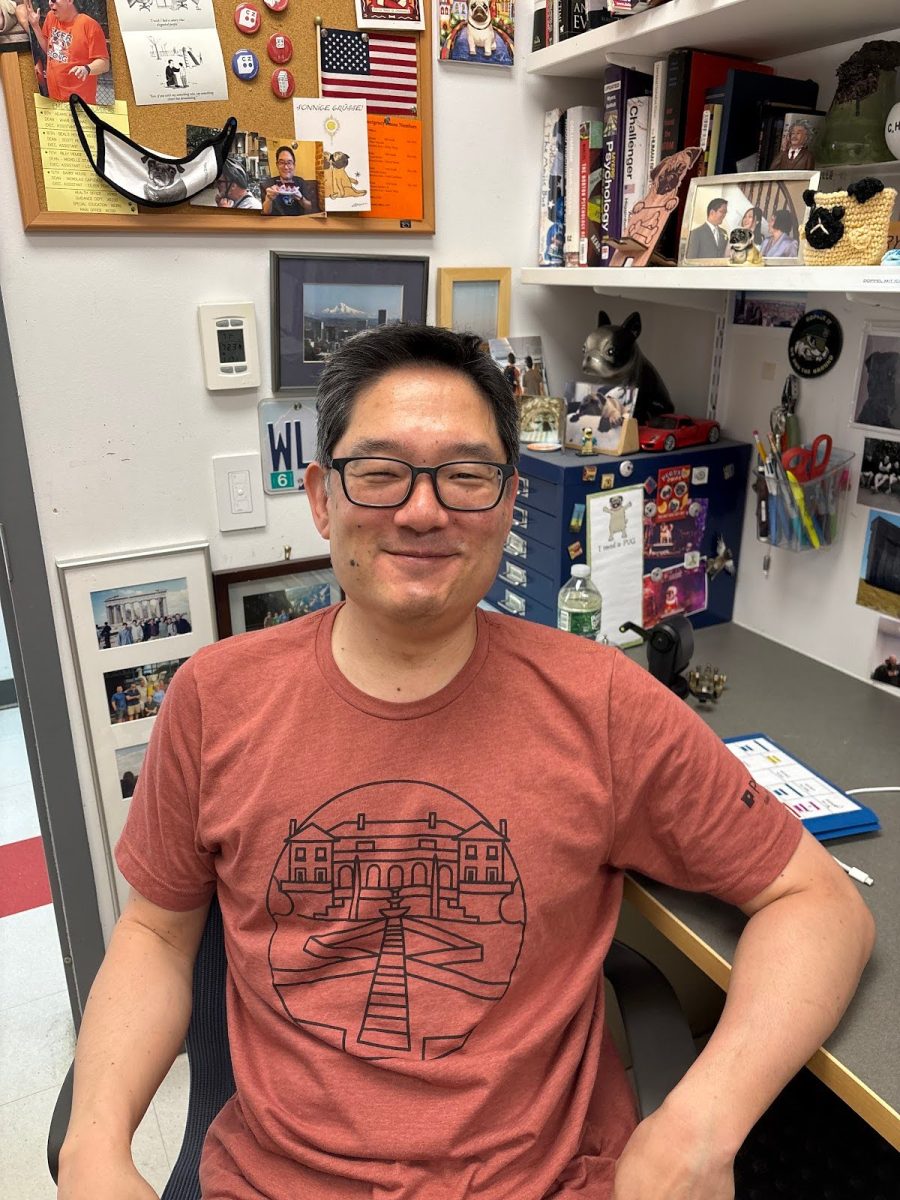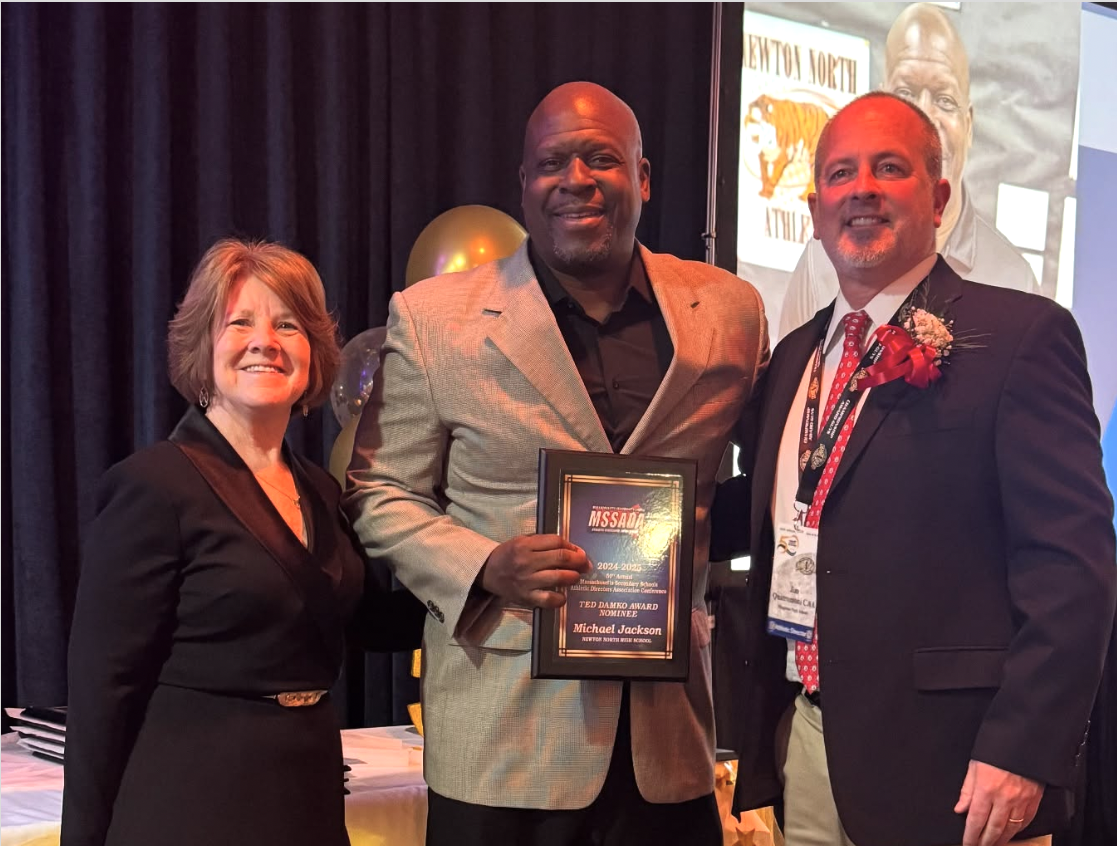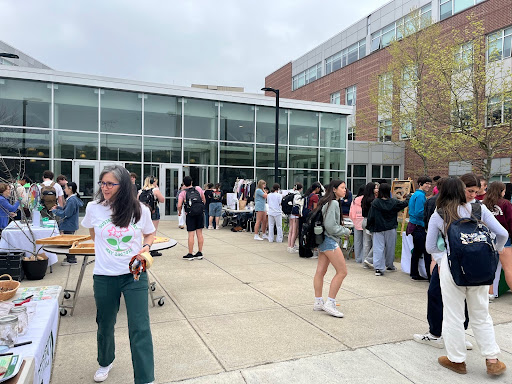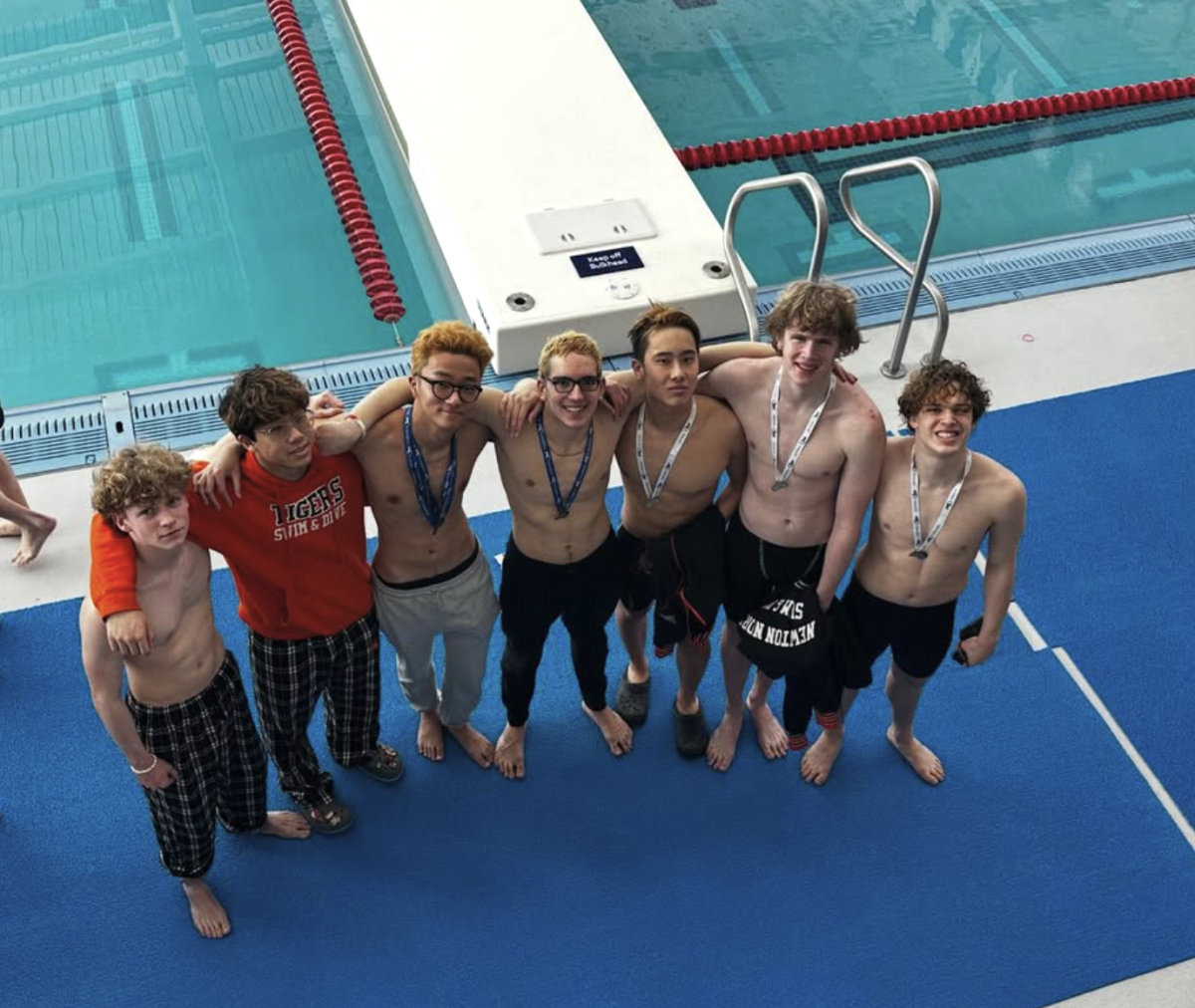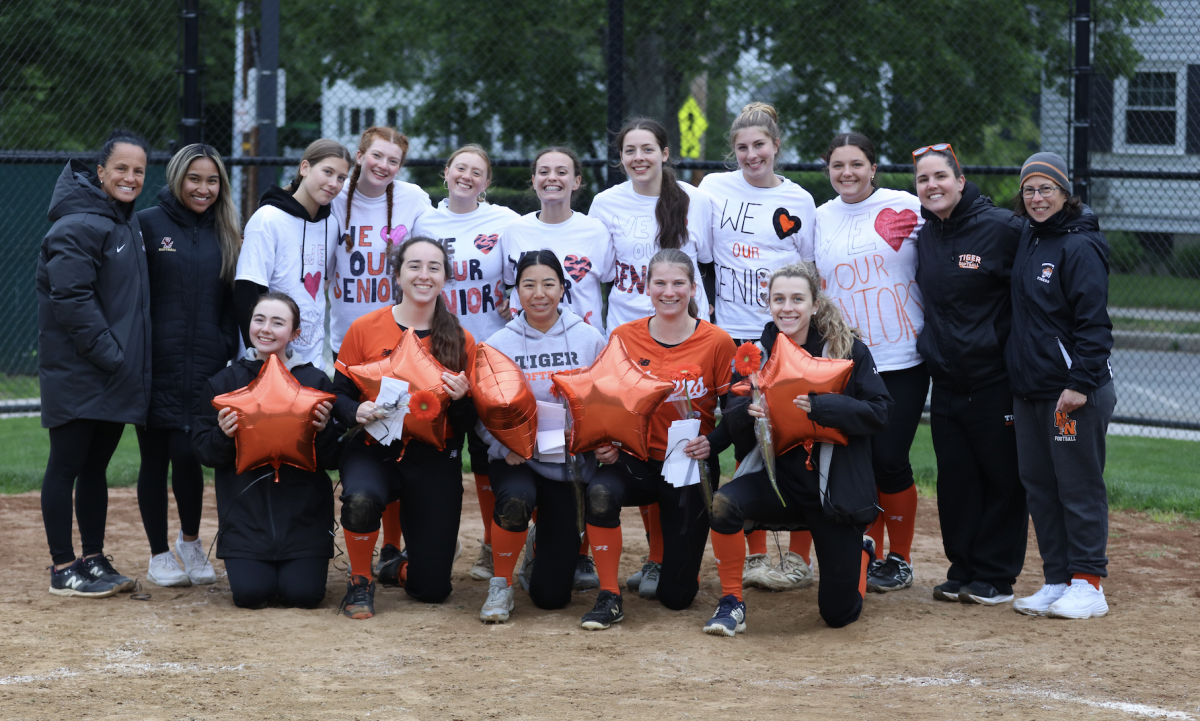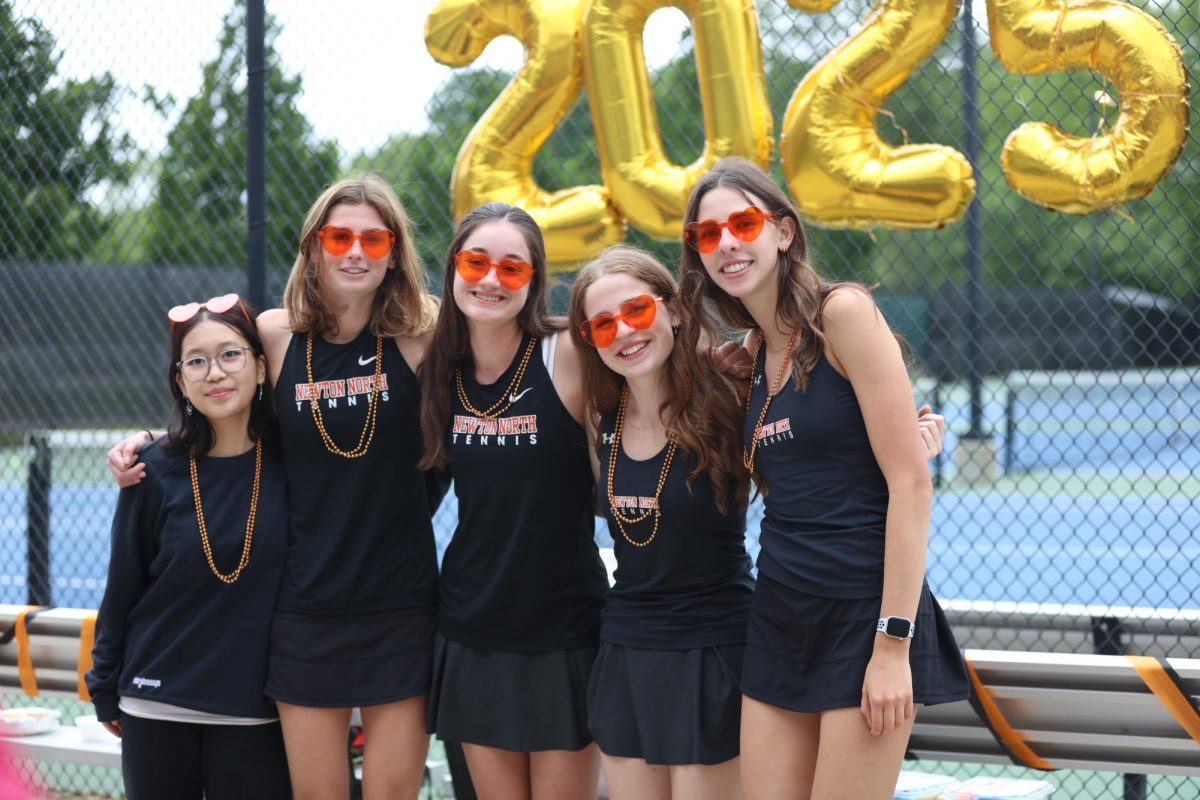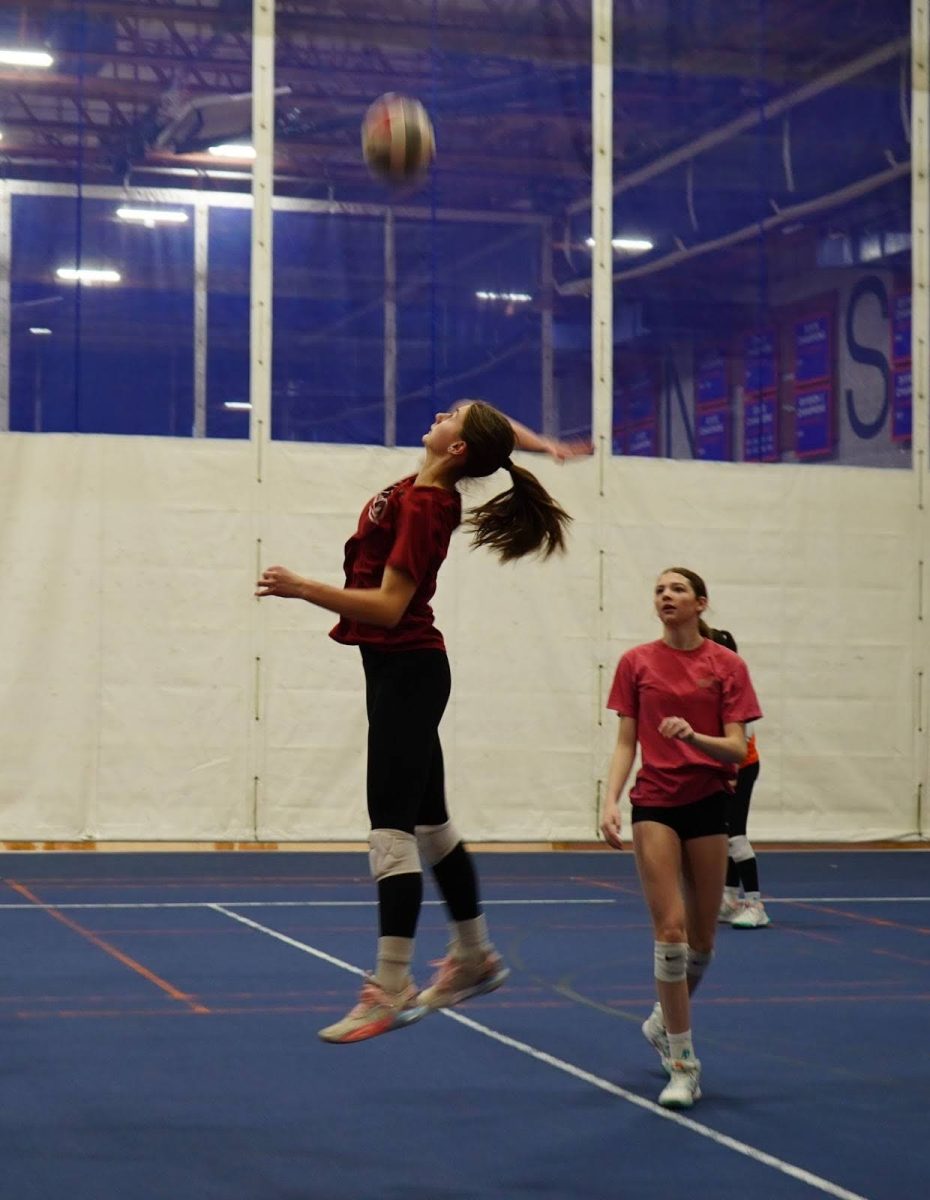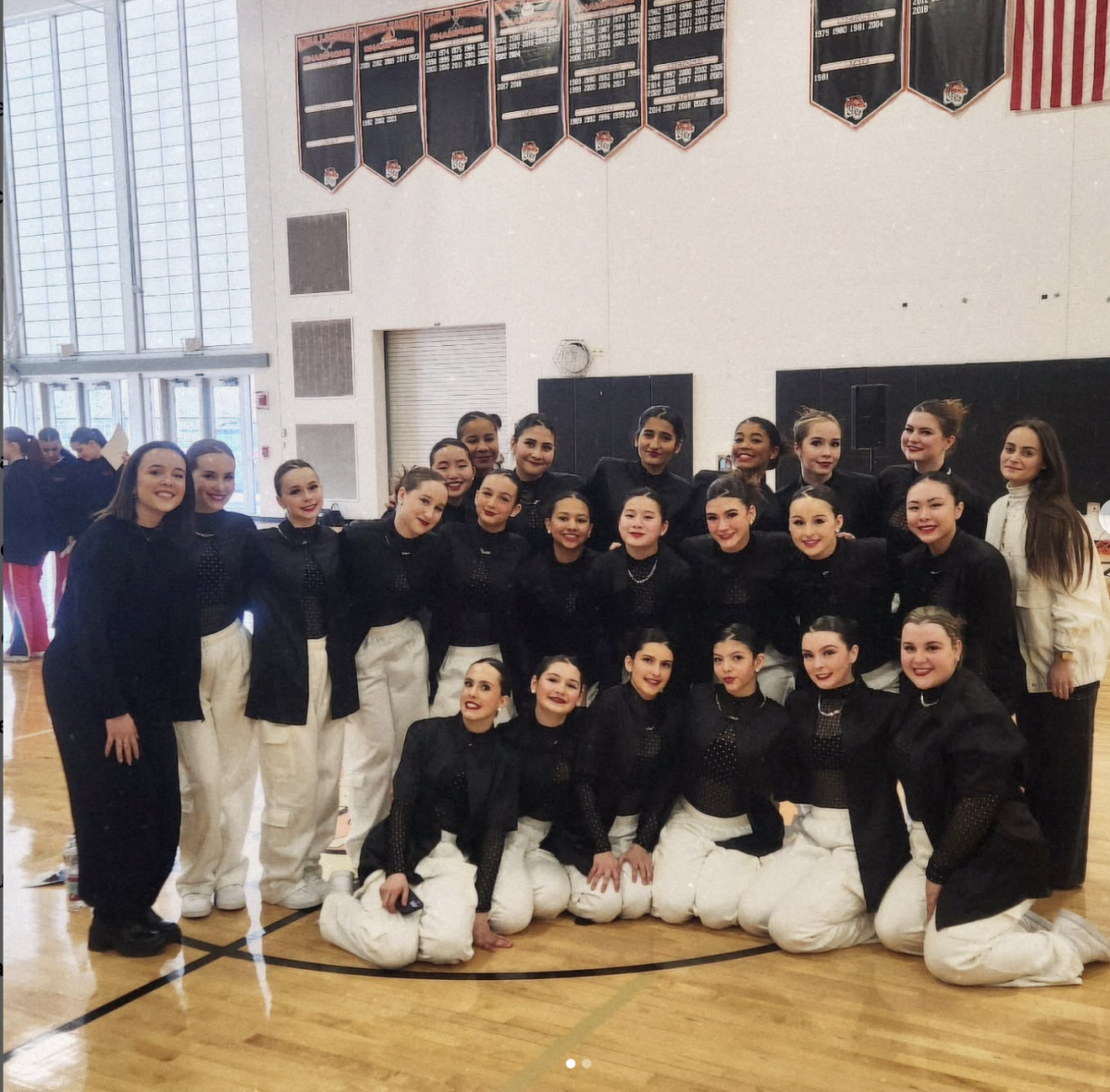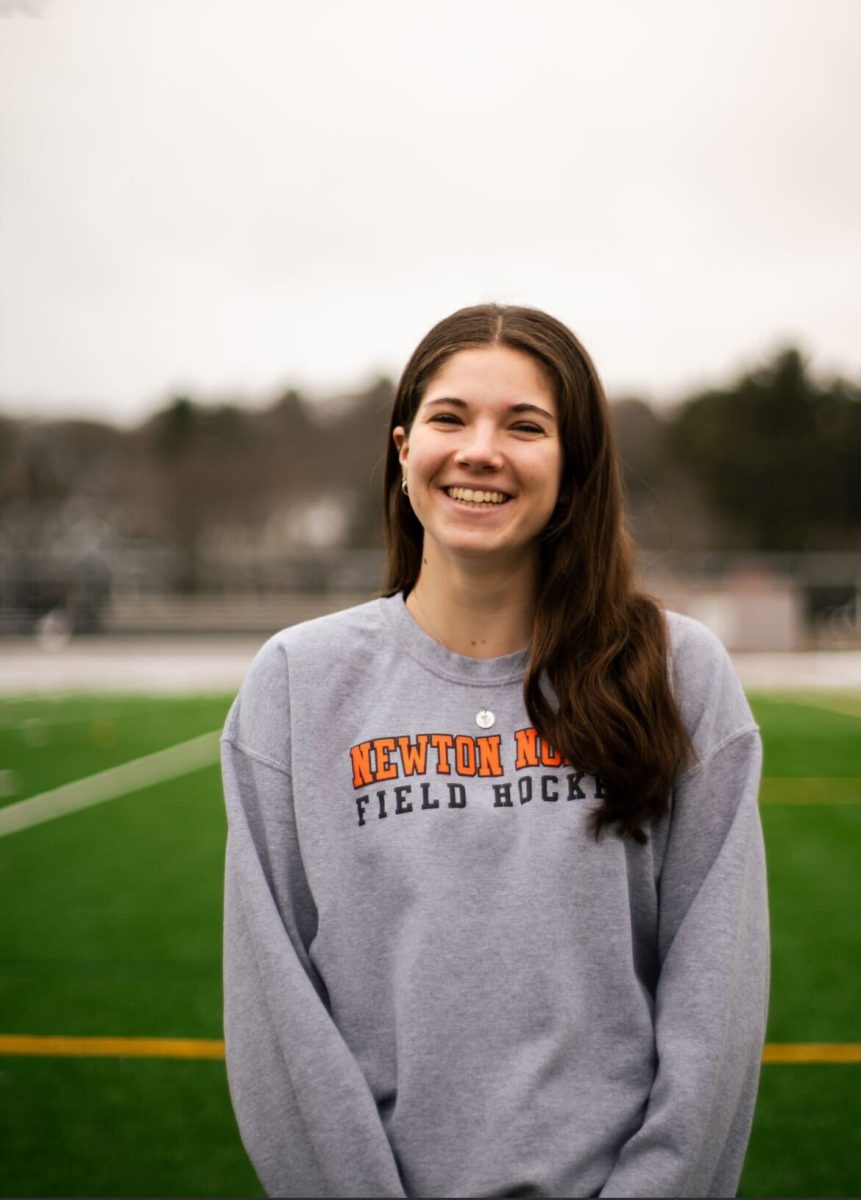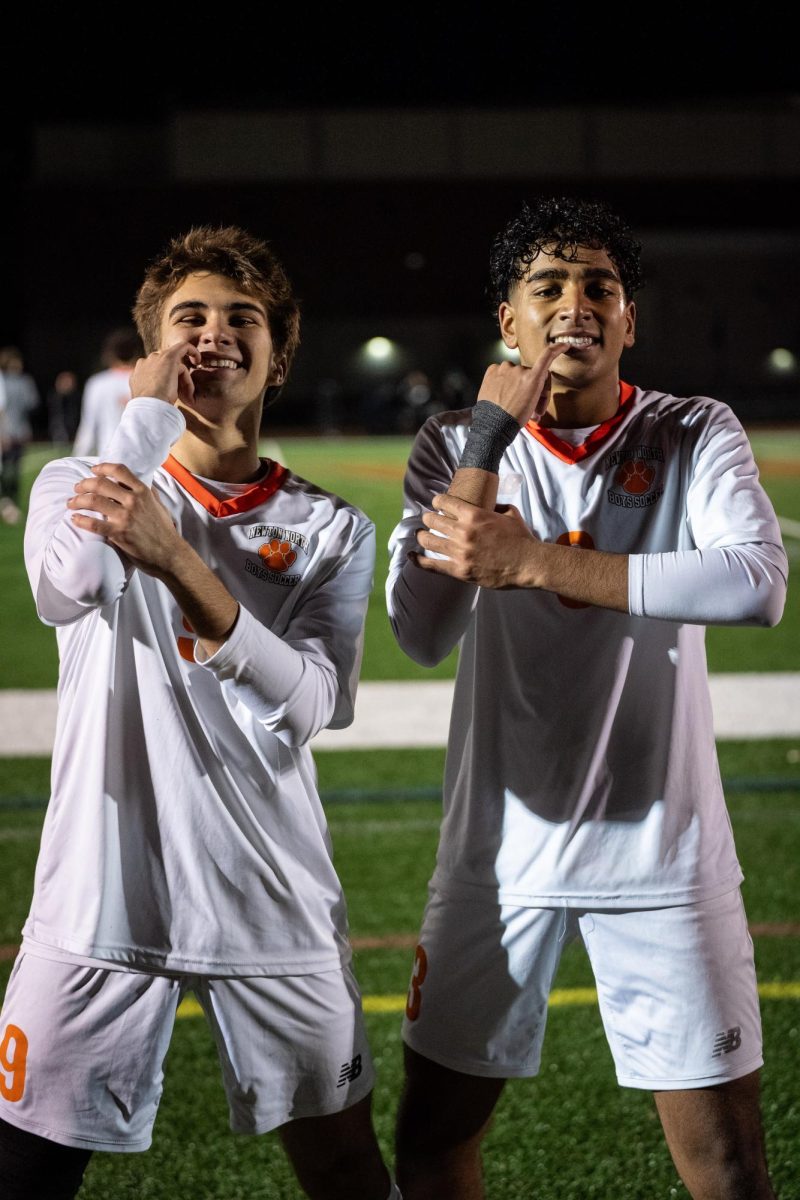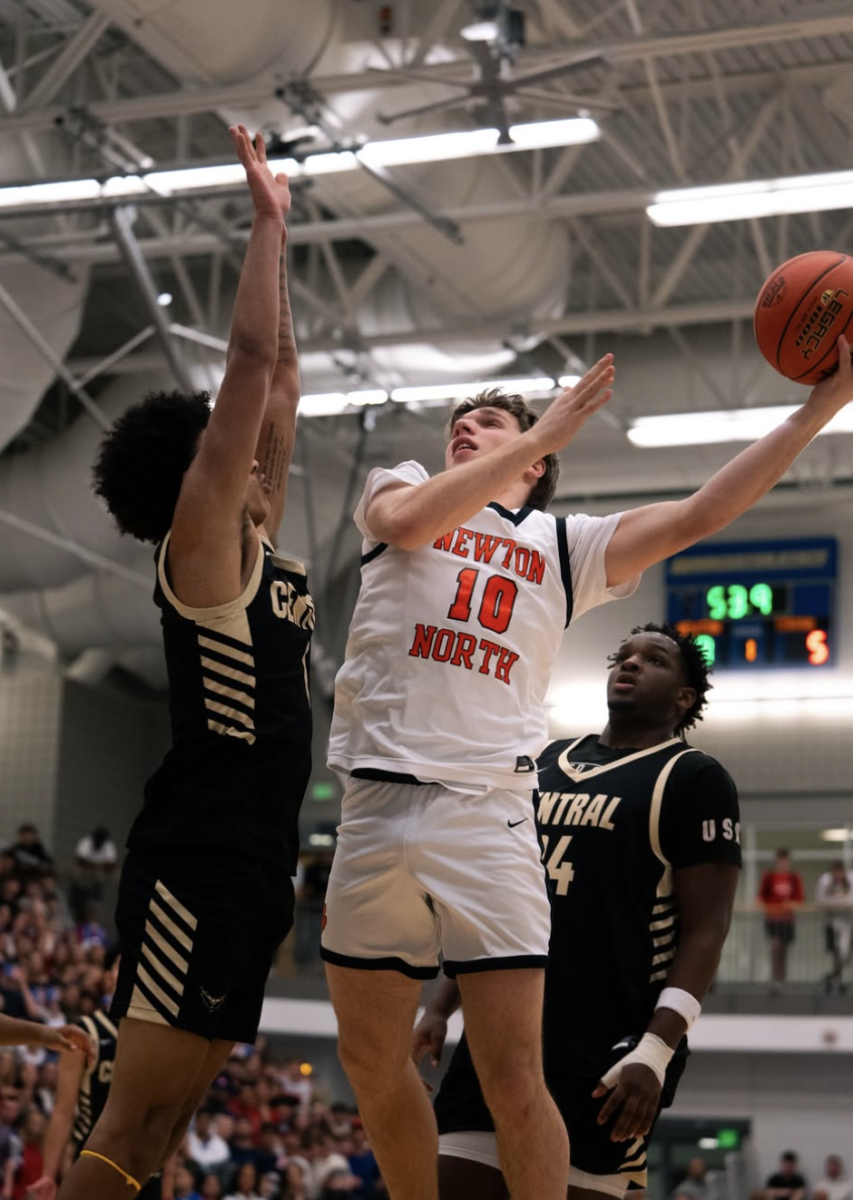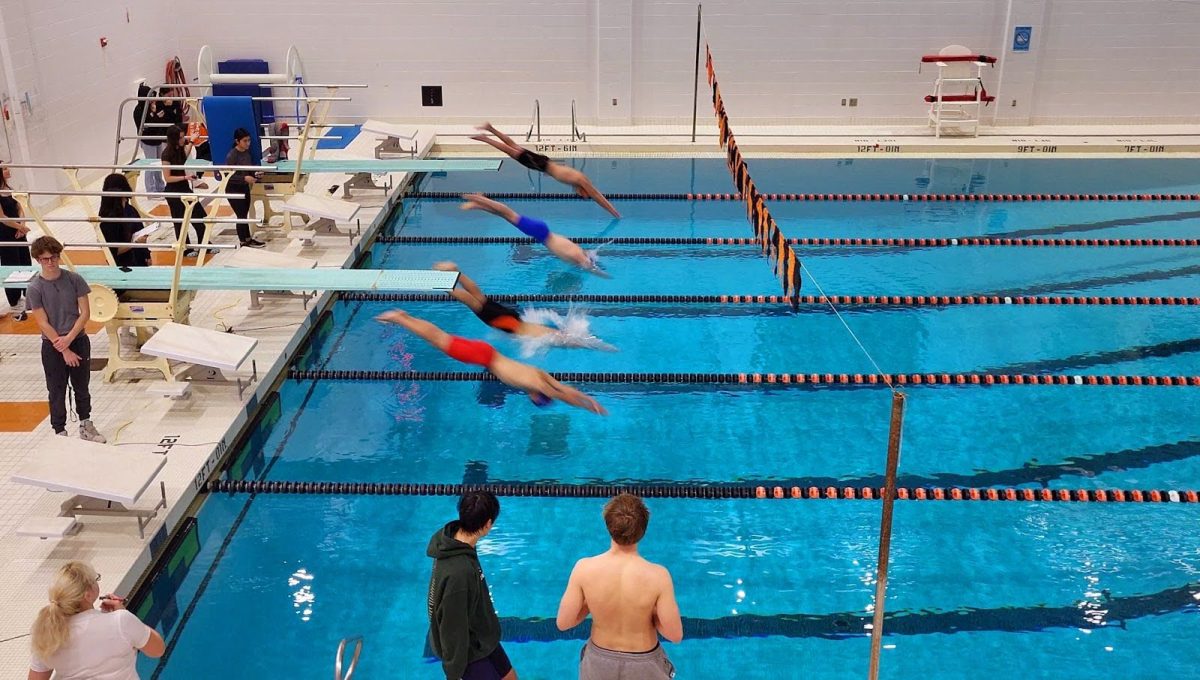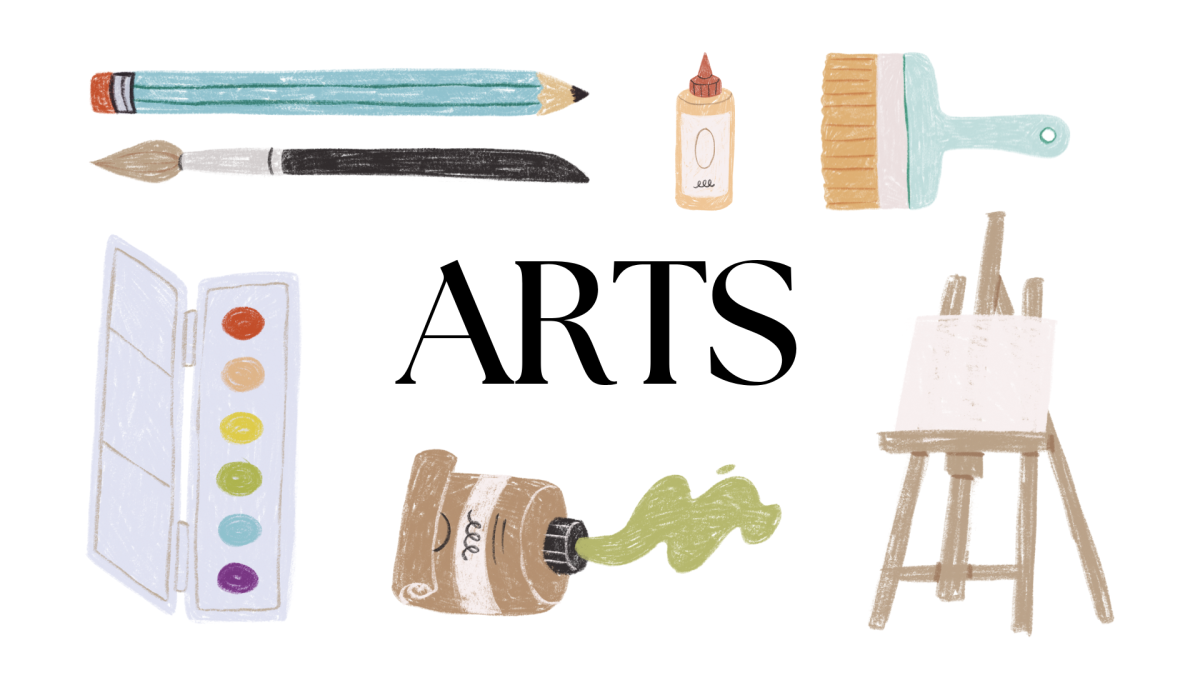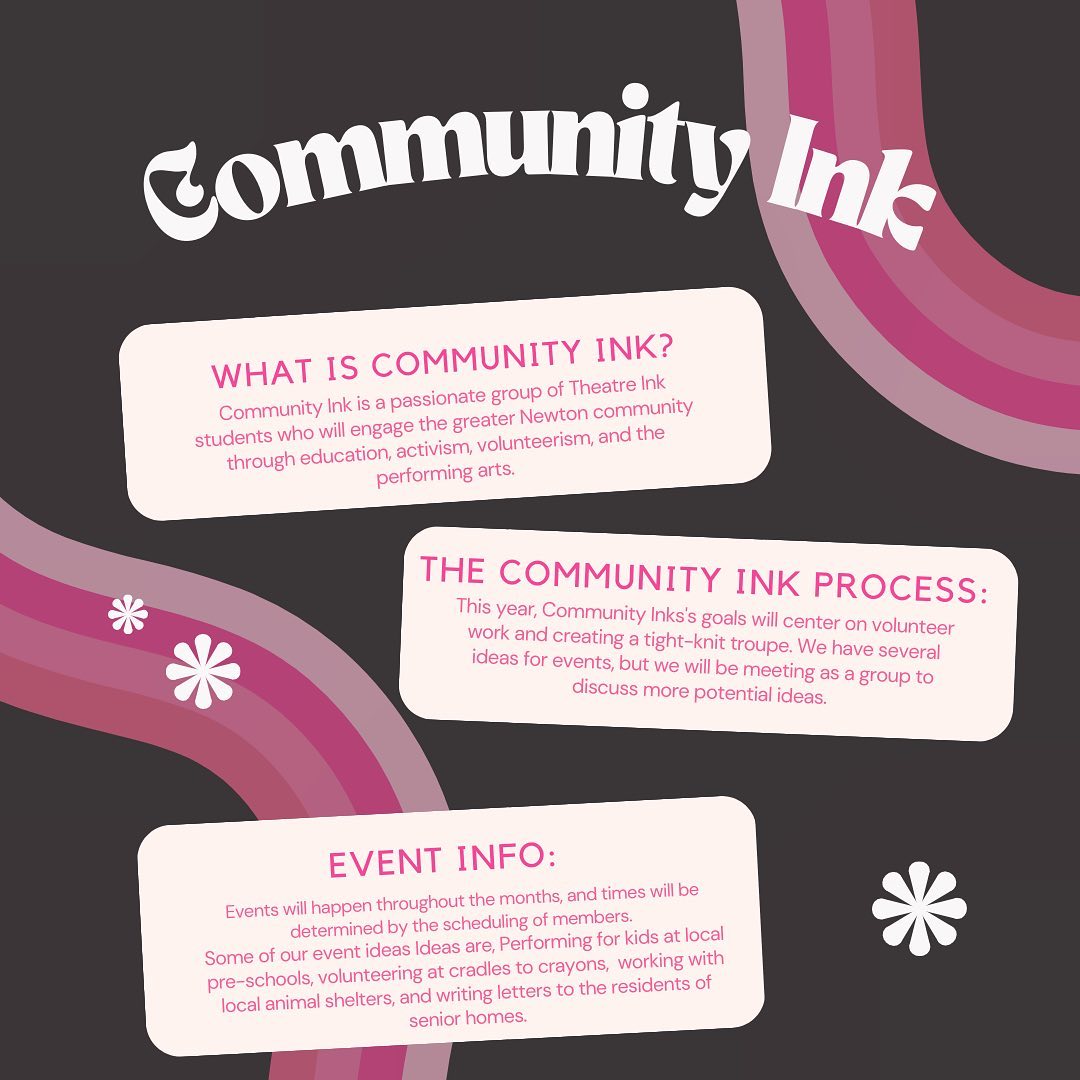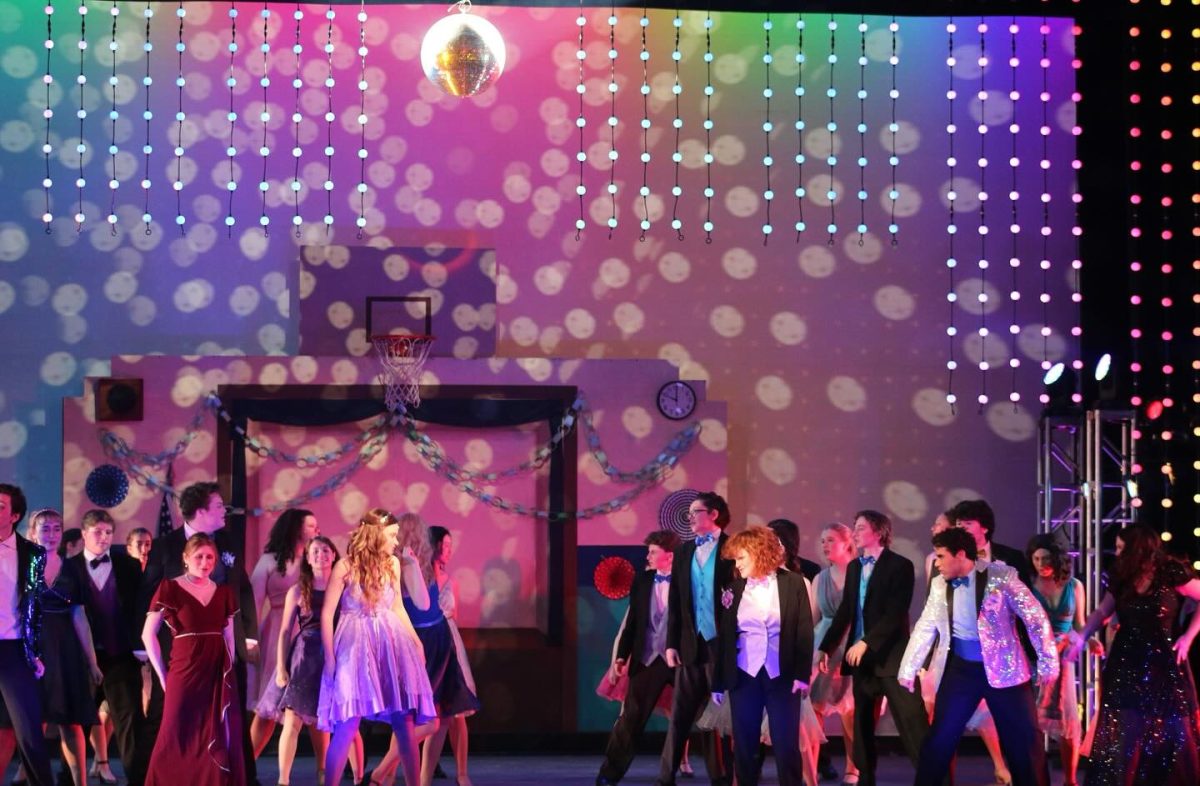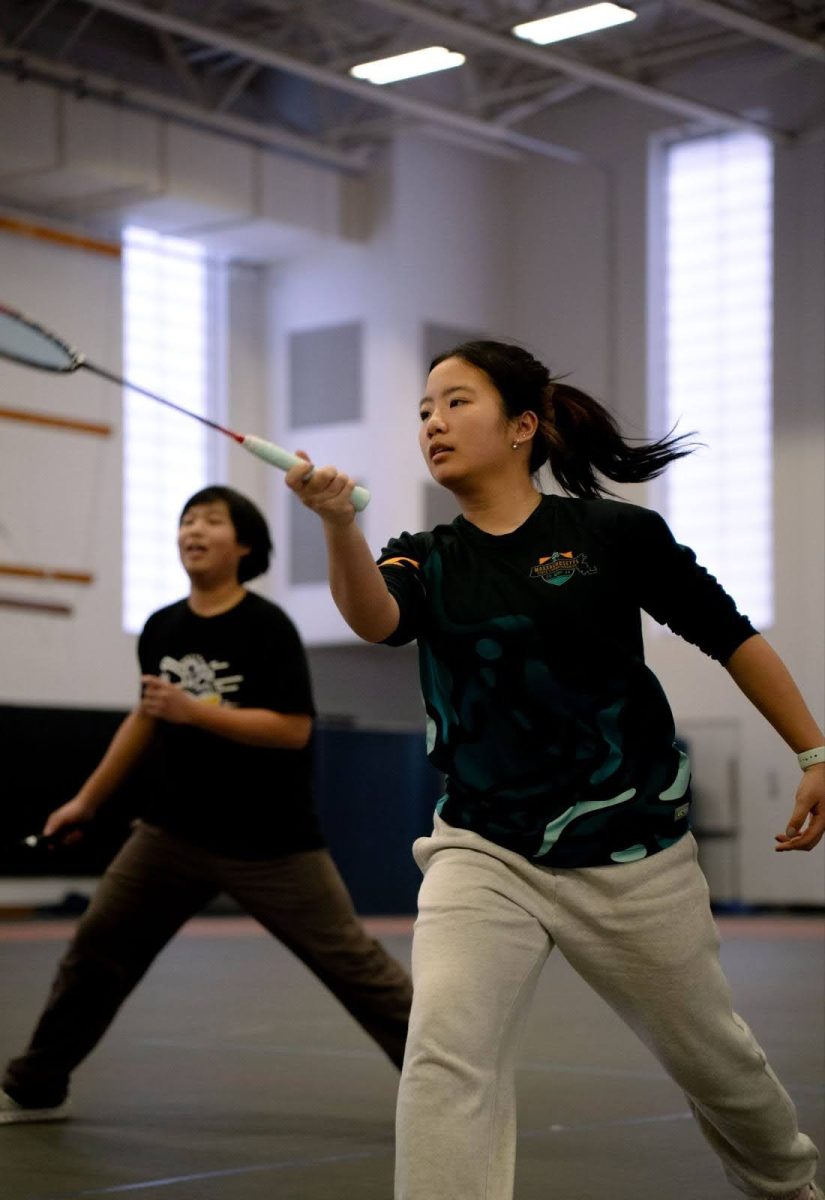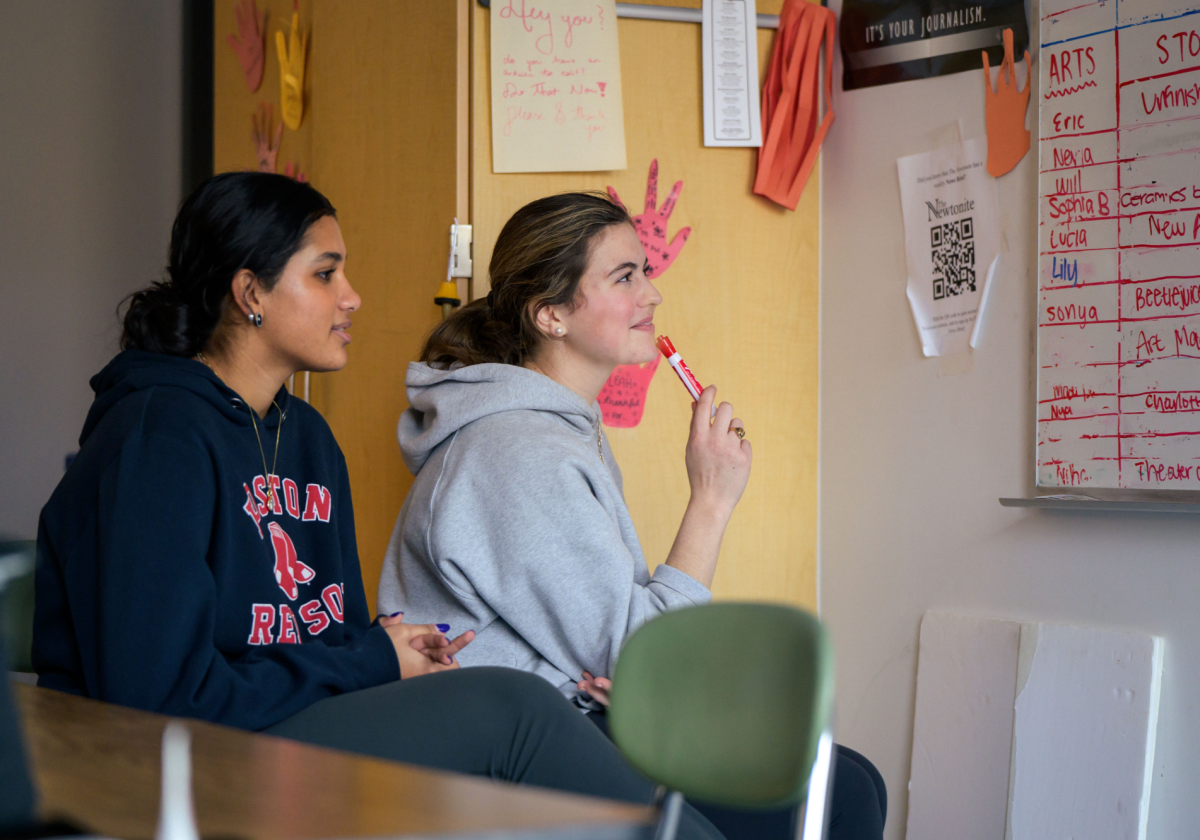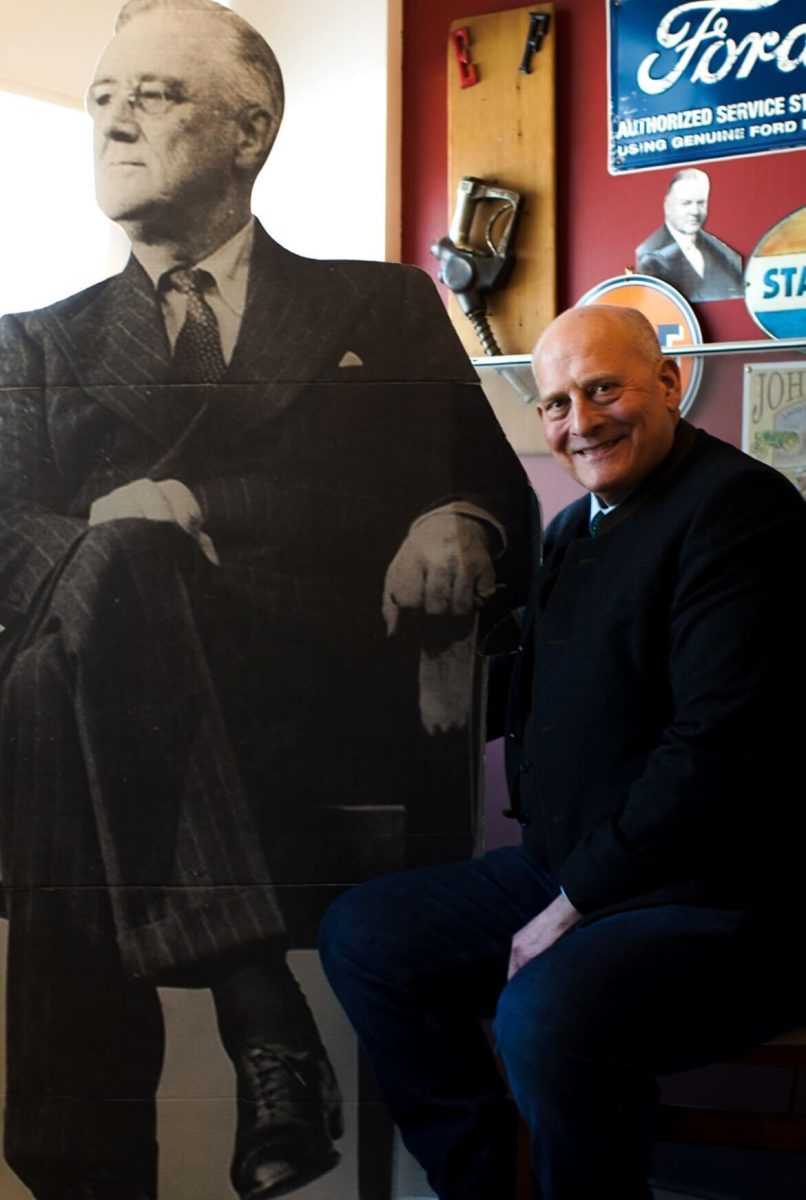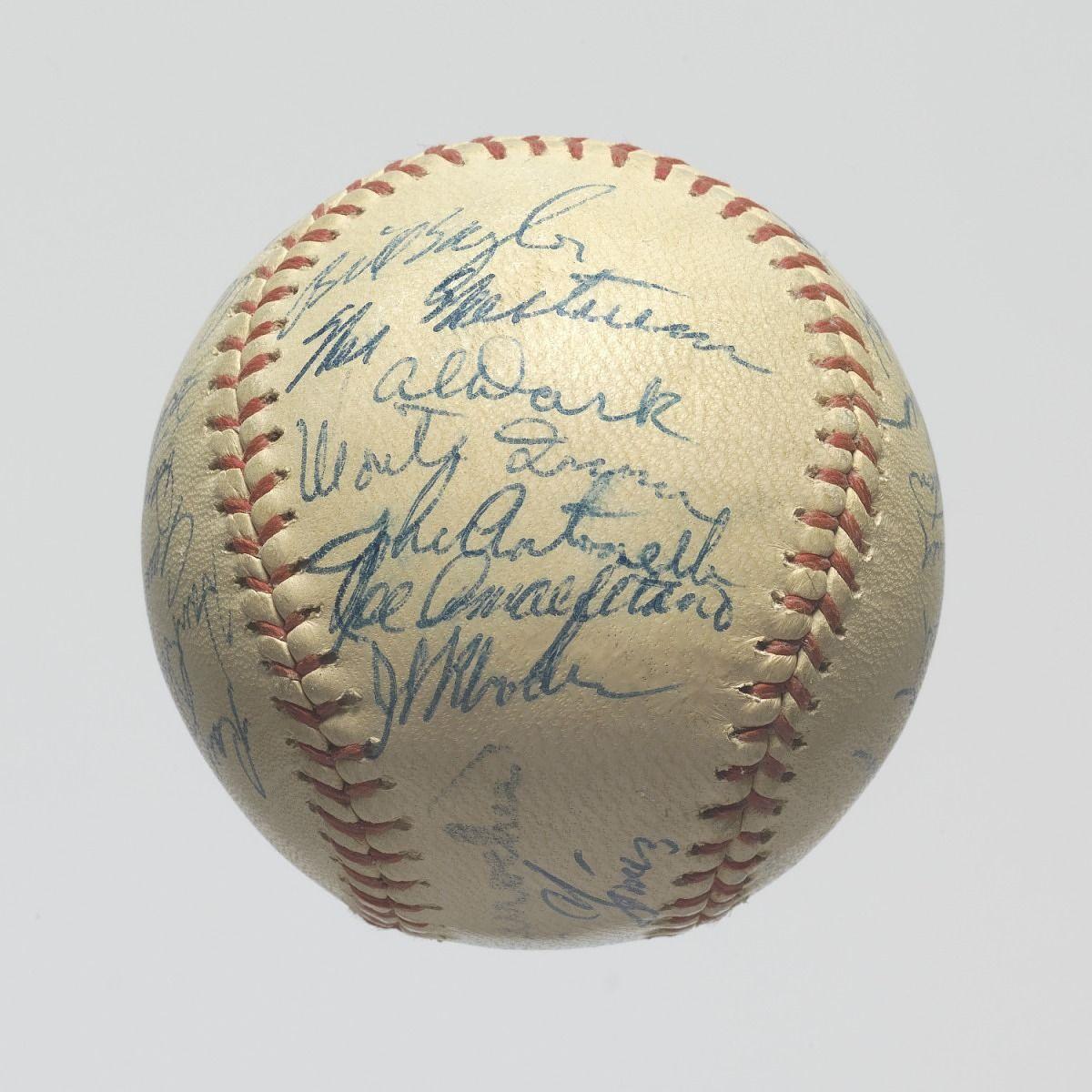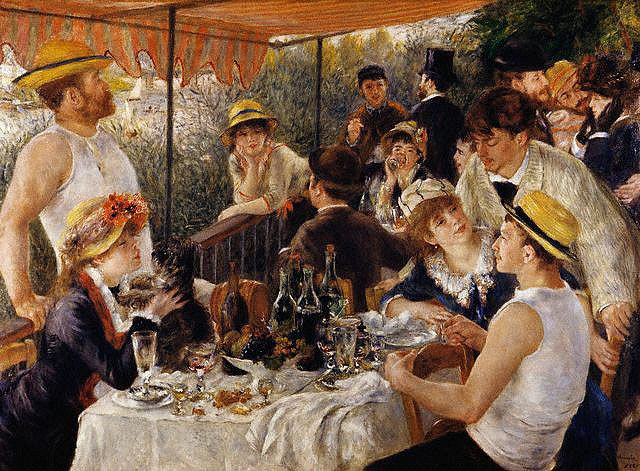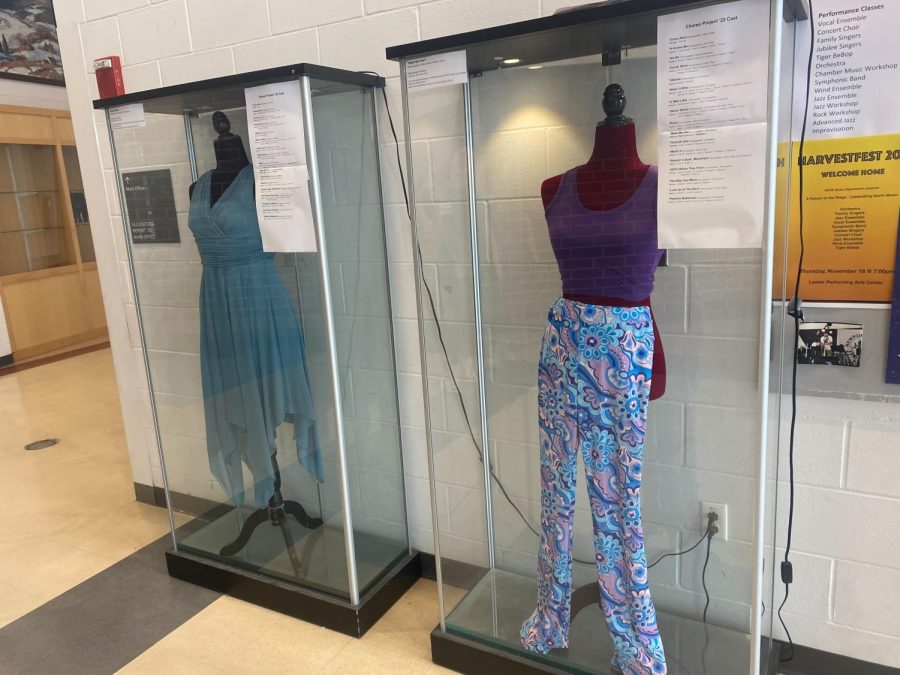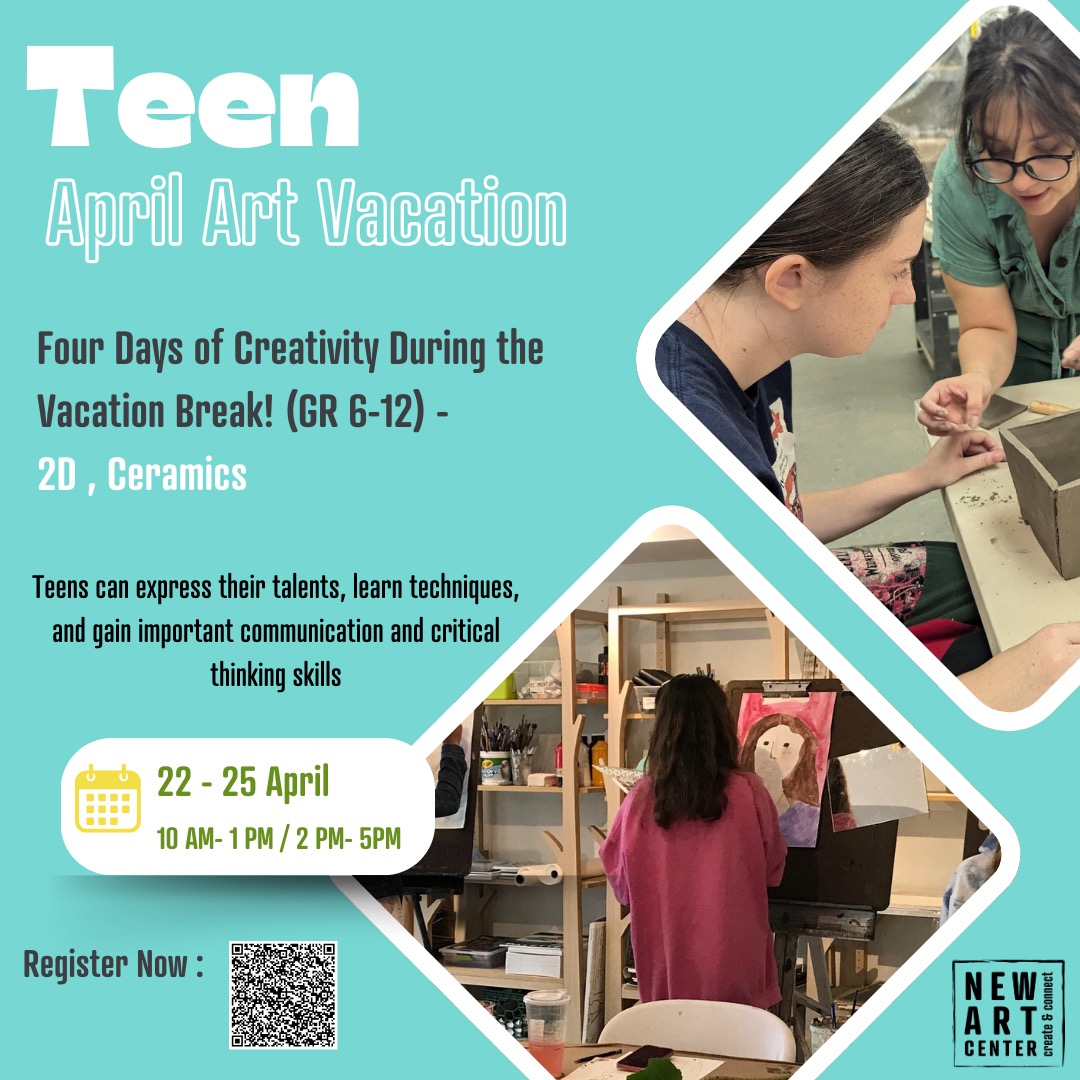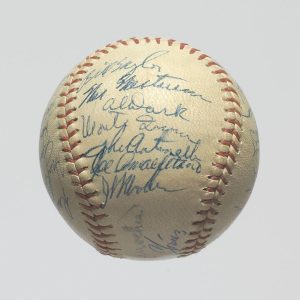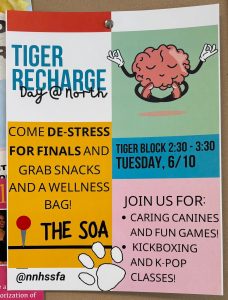North’s costume department enriches theater production through detailed character designs
May 15, 2022
Tucked away next to the Little Theatre on the first floor, the costumes shop and makeup rooms are bustling with students, busily working. Racks line the walls, with pieces ranging from light satin dresses, to bulky suits of armor, to everyday street clothes. The makeup room mimics a salon, heavily stocked with mirrors, full stage makeup sets, and an assortment of hair products. Both departments have everything the student actors need to transition from North students to characters.
Each unique look in every Theatre Ink production is brainstormed, sketched, and eventually brought to life by the costume, wig, hair, and makeup department, known as Stumes and WHaM.
Costume and makeup teacher Ruth Talvacchia said, “The job of costume and makeup is to draw the audience into the world and hold them there, so they’re not thinking about anything else. For the duration of the show, they’re fully immersed in that world.”
Talvacchia explained that costumes and the hard work that goes into making them are an essential element to shows. “The dedication of the Stumes kids is crucial in making the productions come to life.”
Stumes and WHaM is primarily run by students. In addition to an in-school course, students spend numerous hours working on costumes after school and on weekends
Stumes and WHaM help establish the setting and mood in each show through careful style choices. Color, material, style, and quality of costuming reflect the time period and location, while still connecting to the personality of each character, according to Talvacchia.
For each performance, costume designers begin crafting the optics through deeply researching the setting of the show. Then, each piece of clothing, shoe, and accessory is chosen carefully to best match the character’s way of dress and presentation. In this process, designers look at the storyline, age, mood, financial status, gender specificity, and emotional stability of the character to determine their outfit in each scene.
“I was a teenage girl who dressed in baggy clothes,” said sophomore Audrey Sanger, an actress in the Theatre Ink production, Playwrights Festival. “Asking myself questions like ‘why does my character always wear sweatpants’ or ‘how do the clothes they wear affect their mood’ really helped me imagine my character on a deeper level than just their lines.”
Sophomore Oliver Perlo, an actor in Theatre Ink, said that audience’s rely on initial reactions to assess characters. “There’s so much that an audience picks up from outfit design,” said Perlo. “It’s truly how first impressions of characters are formed.”
According to Perlo, costume makes getting into character more effortless. “Costumes are the best way of falling naturally into finding the mannerisms of whatever character you want to be playing,” he said.
In The 25th Annual Putnam County Spelling Bee this fall, designers exhibited the young character Olive’s youthfulness in her outfit by sewing flowers on haphazardly, according to sophomore Sonia Murthy, a costuming student.
“We did it to demonstrate that she made them herself when she was bored and young,” said Murthy.
She added that other characters also had similar touches.
Murthy said, “We also advanced the character Leaf in this show by sewing on patches to show that his clothing was homemade, and painting designs on his cape, shirt, and helmet to make him look younger.”
That production also featured a “nerdy” character named Barfee, according to junior Jack Kalish-Demaris, who played him. According to Kalish-Demaris, the giant khaki pants, suspenders, and unibrow he wore during the show played a major role in putting him in character.
Murthy added that Barfee’s costume highlighted his unique traits. “We painted his shoes special by making them two-toned to highlight his signature spelling tactic of using his ‘magic foot’ to spell,” she said.
Being able to connect an actor’s dress to a distinct time or place helps audiences follow the story, making costuming a necessity in establishing setting.
For example, in the upcoming musical, Mamma Mia, there are a few flashback scenes to the 1970s. According to Talvacchia, a flip in style is necessary for the audience to immerse themselves in the new time period.
“Every show I’ve been in, costumes have been integral in telling the story to the audience,” said Perlo.
While the costume shop is so important to every show, it also provides a safe haven for student designers. Murthy said that the costume shop is so much more than an outlet for creative expression.
She said, “Stumes feels like home, getting to do what I love with the people I love. It doesn’t feel like work when I’m there.”


